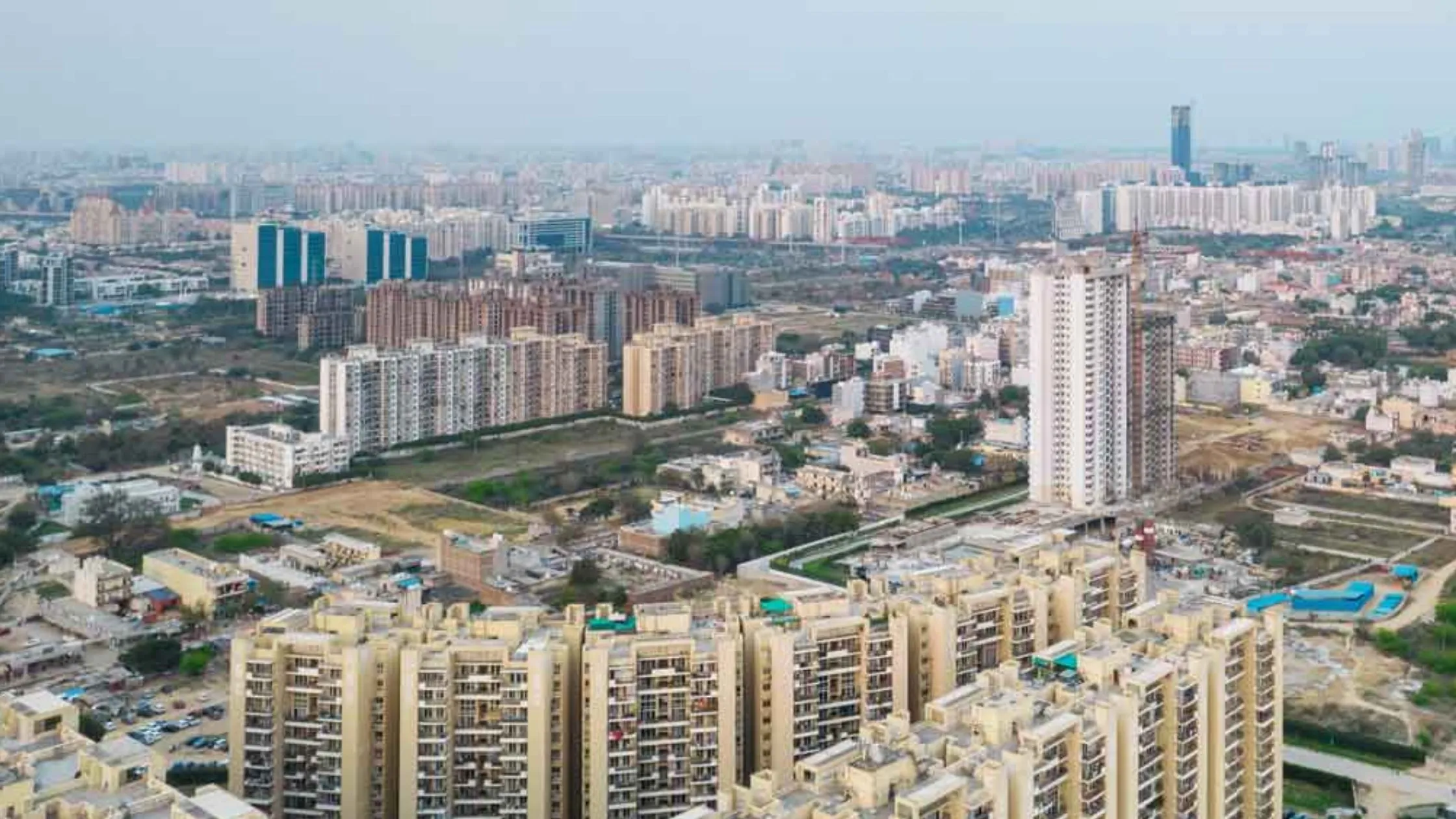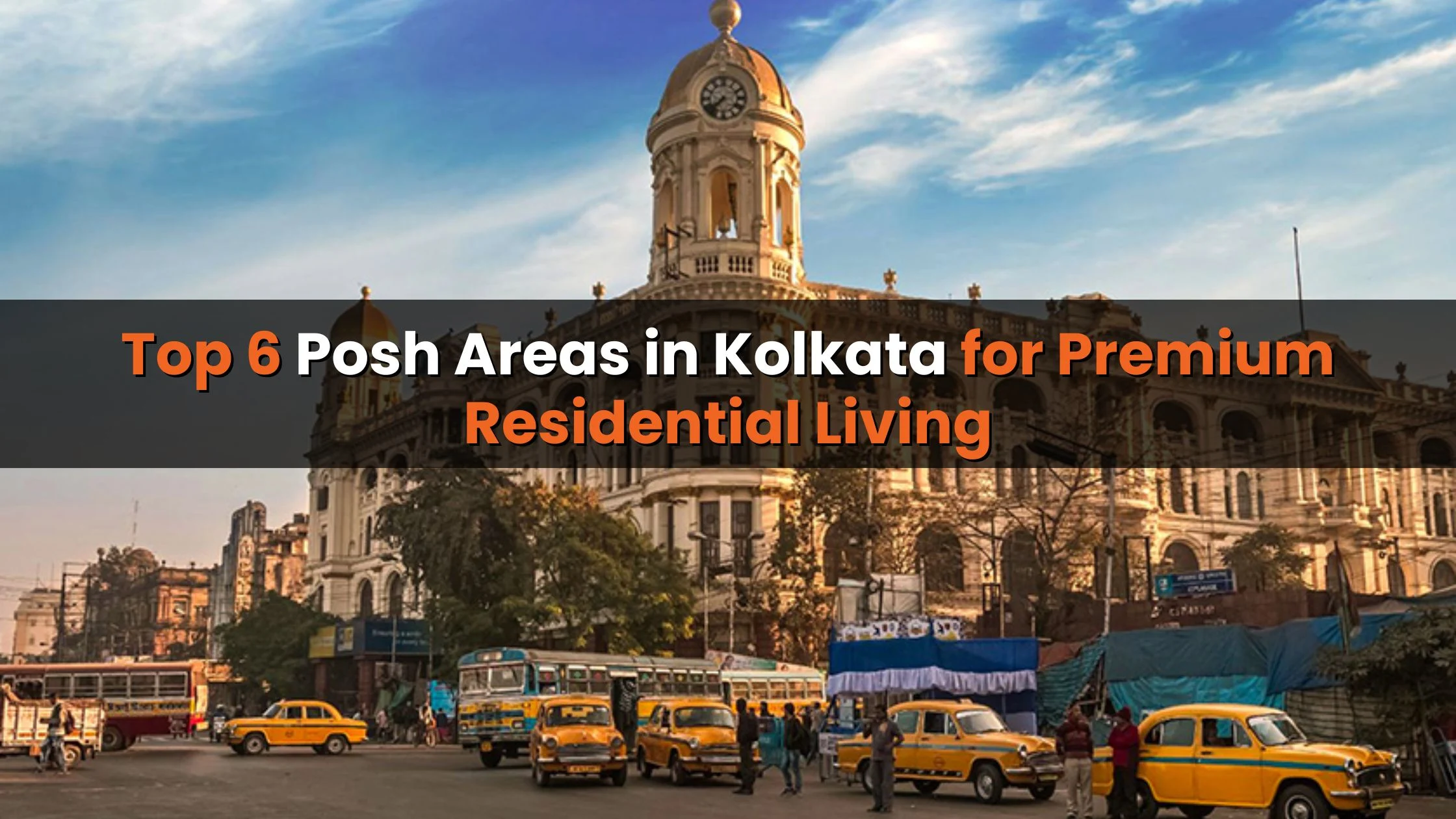Table of Content
For a very large number of families in India, the aspiration to have their own house continues to be a far fetched dream. But there can be a radical government program that can change this forever. What’s the scheme? A collateral free home loan policy intended to strengthen the low and medium income classes.
This visionary scheme promises loans up to ₹20 lakh on minimal documentation and without a guarantee of a third party. Let us simplify this so as to know what this means and how lives can be transformed.
What Is the Zero-Collateral Housing Loan Scheme?
The government is crafting a housing loan program that eliminates the need for collateral—property, jewelry, or other assets traditionally required to secure a loan. Here’s what it offers:
- Loan Amount: Up to ₹20 lakh.
- Loan Tenure: Flexible terms, with repayment periods extending up to 30 years.
- Minimal Documentation: No cumbersome paperwork or guarantors required.
- Target Audience: Families with limited or no documented income.
This scheme is designed to unlock homeownership for those who have been left out of the formal credit system due to a lack of traditional financial proof.
Also Read: Year-End 2024: Real Estate Sees Record $8.8B in Institutional Investments
The Mechanics of the Scheme
To implement this idea, the government is making adjustments to the current Credit Risk Guarantee Fund Scheme for Low-Income Housing (CRGFTLIH). Key modifications include:
- Higher Loan Guarantee: Increasing the loan coverage limit from ₹8 lakh to ₹20 lakh.
- Coverage of Defaults: Up to 70% of the loan amount in default cases will be guaranteed by the government.
- New Credit Models: Banks will evaluate borrowers using digital footprints—like utility payments, municipal taxes, or provident fund contributions—instead of traditional metrics like income tax returns or collateral.
Who Can Benefit from the scheme ?
The scheme is primarily aimed at families classified as:
- Economically Weaker Sections (EWS): Annual income up to ₹3 lakh.
- Lower Income Groups (LIG): Annual income between ₹3 lakh and ₹6 lakh.
- Middle Income Groups (MIG): Annual income between ₹6 lakh and ₹9 lakh.
By catering to these groups, the initiative seeks to bring financial inclusion to those who need it most.
The Bigger Picture: Affordable Housing for All
This scheme aligns with the government’s broader housing goals under Pradhan Mantri Awas Yojana-Urban 2.0. In the coming five years, the government aims to:
- Provide housing assistance worth ₹2.30 lakh crore.
- Benefit 10 million urban poor and middle-class families.
- Enable affordable housing through construction, purchase, or rental schemes.
The Credit Risk Guarantee Fund Trust (CRGFT) has seen its corpus grow from ₹1,000 crore to ₹3,000 crore, strengthening this mission further.
Why This Matters
Owning a home is not just a financial milestone—it’s a gateway to stability and dignity. Here’s how this scheme could change lives:
- For Families: No more juggling endless paperwork or relying on informal lenders with exorbitant interest rates.
- For Women: Often excluded from formal credit, women borrowers could leverage this scheme to secure homes in their name.
- For Urban Growth: With millions accessing affordable housing, urban areas can witness structured development and reduced slum proliferation.
Challenges Ahead
While the scheme is groundbreaking, its success will hinge on overcoming challenges such as:
- Awareness: Ensuring that eligible families know about and can access the program.
- Implementation: Streamlining digital assessment models for seamless loan processing.
- Fraud Prevention: Preventing misuse by ineligible borrowers or fraudulent applications.
The zero-collateral housing loan scheme is more than just a financial initiative—it’s a step towards a more inclusive society where homeownership is not a privilege but a possibility for all. By combining innovative credit assessment methods with government-backed guarantees, this program is set to redefine the housing market for low- and middle-income families.
For millions of Indians dreaming of a place to call their own, the wait might finally be over.
Also Read: Gurugram Overtakes Mumbai as India's Ultra-Luxury Hub



_1767769068.webp)






Ans 1. The Zero-Collateral Housing Loan Scheme is a government initiative that offers loans up to ₹20 lakh for homebuyers in the low- and middle-income groups, without requiring collateral, such as property or jewelry, to secure the loan.
Ans 2. The scheme is designed for families in the Economically Weaker Sections (EWS), Lower Income Groups (LIG), and Middle Income Groups (MIG). Eligibility is based on income, with the EWS group earning up to ₹3 lakh annually, LIG earning between ₹3 lakh and ₹6 lakh, and MIG earning between ₹6 lakh and ₹9 lakh.
Ans 3. Under the scheme, eligible borrowers can avail loans of up to ₹20 lakh, depending on their eligibility and income category.
Ans 4. No, the Zero-Collateral Housing Loan Scheme does not require any collateral or assets like property or jewelry to secure the loan. The government provides a loan guarantee to cover defaults.
Ans 5. The loan tenure can be flexible, with repayment periods extending up to 30 years, providing greater ease for borrowers.
Ans 6. Eligibility will be assessed using alternative credit evaluation methods, such as digital footprints (e.g., utility payments, municipal taxes, or provident fund contributions) rather than traditional financial documents like income tax returns or asset ownership.
Ans 7. The target audience includes families classified under the Economically Weaker Sections (EWS), Lower Income Groups (LIG), and Middle Income Groups (MIG), aiming to provide financial inclusion for individuals who have limited access to formal credit.
Ans 8. Yes, women are encouraged to apply for the loan in their name, helping to empower them by securing homeownership and contributing to financial independence.
Ans 9. The modifications include an increase in the loan coverage limit from ₹8 lakh to ₹20 lakh, with the government guaranteeing up to 70% of the loan amount in default cases, ensuring greater security for both banks and borrowers.
Ans 10. The scheme will enable millions of families to access affordable housing, reducing the proliferation of slums and promoting structured development in urban areas, contributing to the government’s goal of providing affordable housing to urban poor and middle-class families.